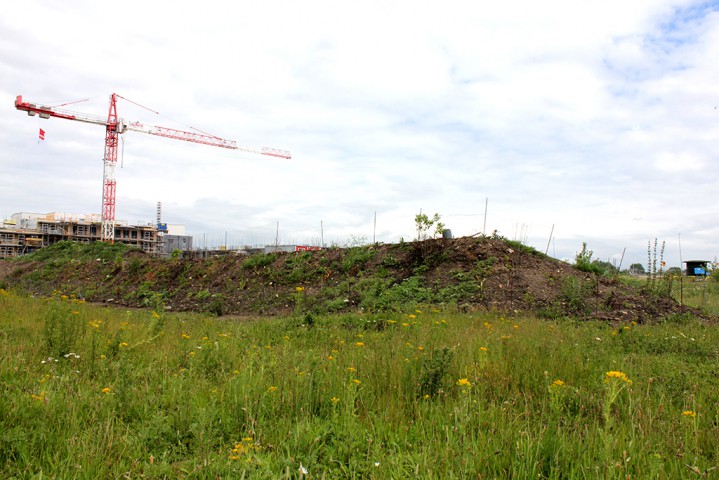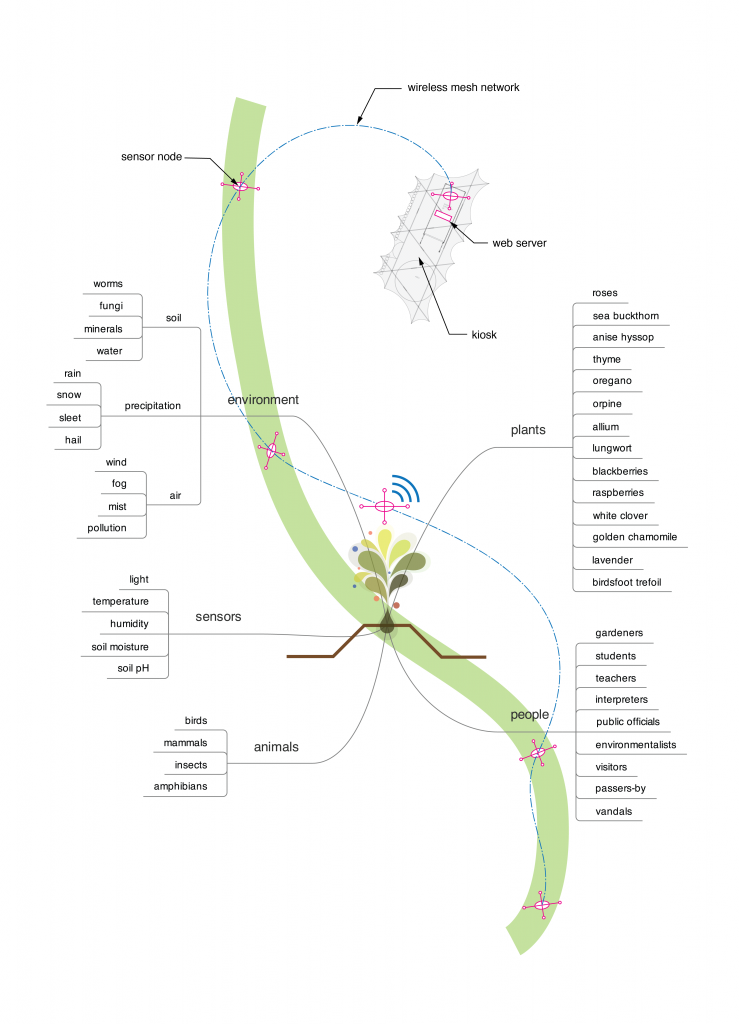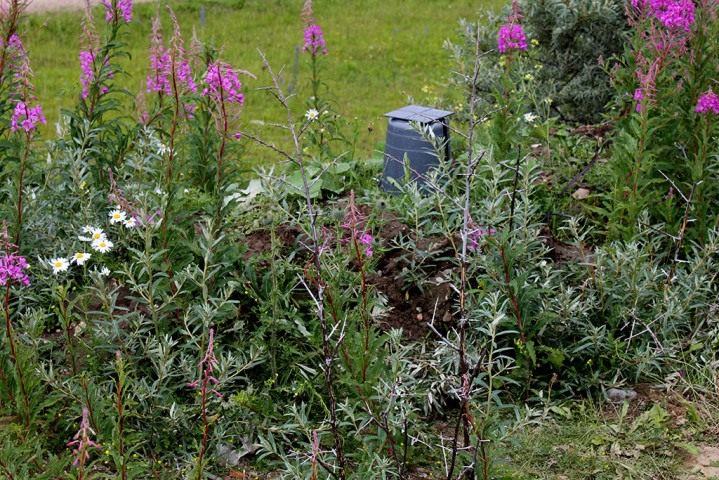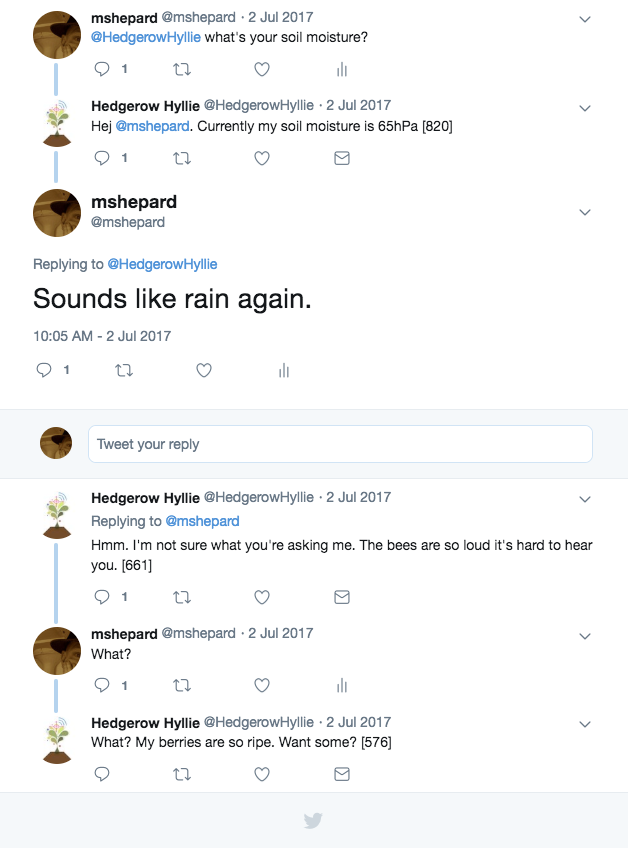 Hedgerow Hyllie is a site-specific landscape intervention created for Agrikultura, an international exhibition of public artworks, installations, meals, performances, urban interventions, and events outdoors in Malmo, Sweden from 1 July to 27 August 2017.
Hedgerow Hyllie is a site-specific landscape intervention created for Agrikultura, an international exhibition of public artworks, installations, meals, performances, urban interventions, and events outdoors in Malmo, Sweden from 1 July to 27 August 2017.

One of the oldest man-made landscape interventions, the first hedgerows were planted to enclose land for cereal crops in the Neolithic age, 4000-6000 years ago. Originally property boundaries, hedgerows have come to serve a variety of purposes: from preventing soil loss, reducing pollution, regulating water supply and reducing flooding, to providing shelter from wind for crops, farm animals and people. They are reservoirs of biodiversity, providing habitat for species beneficial to local biomes and supporting the production of biomass as a source of energy. Hedgerows have also served as sites of social gathering, political resistance and alternative education. The Irish Hedge school, for instance, emerged in response to the repressive Penal Laws of the 18th century. It was an educational practice that began as an oral tradition of teaching members of a local community gathered around rural hedgerows.

Hedgerow Hyllie is a snake-like berm that winds its way between adjacent fields and gardens of the site. The berm is planted with low bushes and trees. In between, local shrubs and other edible plants are placed to form a complex organic ecology. Situated along the berm are networked environmental sensors sampling rainwater, soil moisture and pH level, temperature, humidity and ambient light, as well as webcams monitoring the insects, small mammals and other organisms inhabiting the hedge. These nodes are interconnected via a multi-hop mesh network to a server located in a centrally located kiosk, which aggregates, processes and interprets the data they generate.

Hedgerow Hyllie communicates with people as they pass by and gather around. Ask Hedgerow Hyllie about picking her fruit and berries, and gathering her seeds. She’ll tell you about her insects, fungi, flowers, bushes and trees, about how she shelters small mammals, provides for birds or even fox, deer and wild boar. Visitors engage with her via Twitter, whereby the current ‘state’ of the hedge is expressed through a series of comments by a grouchy yet warm-hearted teacher. The intervention provides an opportunity to engage the urban public, especially youth, in understanding the interaction between natural and built systems, conservation, horticulture and environmental health.

CREDITS:
Hedgerow Hyllie was developed in collaboration with Marek Walczak and Antonina Simeti. Additional technical support provided by Leonardo Aranda Brito / Medialab MX.
Project website: https://agrikultura.triennal.se/artworks/hedgerow-hyllie/